Project Name
Jiangshan Fishing Village Renovation PracticeArea (sqm)
385Completed
January 2018| Detailed Information | |||||
|---|---|---|---|---|---|
| Project Name | Jiangshan Fishing Village Renovation Practice | Area (sqm) | 385 | Completed | January 2018 |
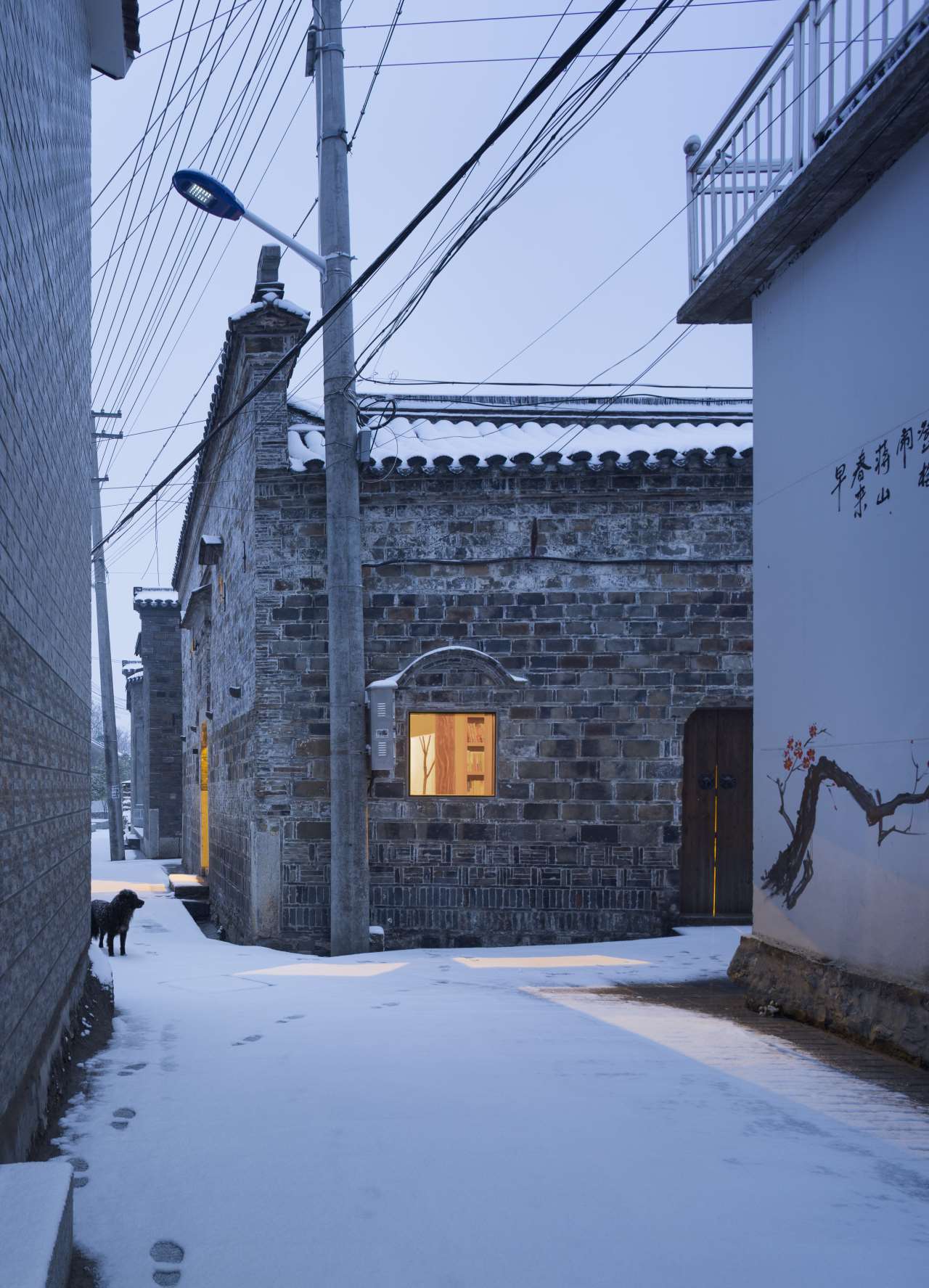
Photo by Hou Bowen.
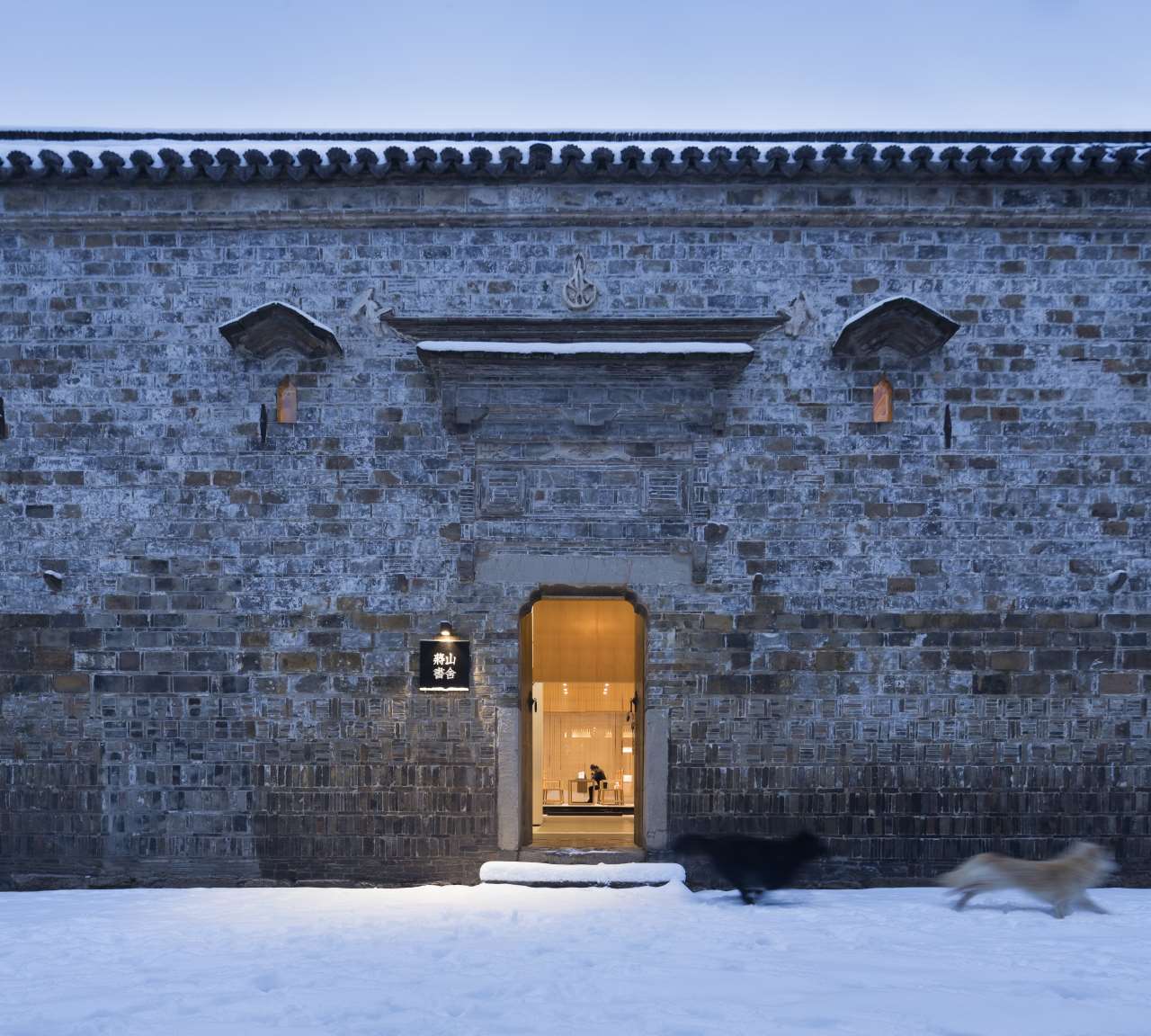
Photo by Hou Bowen.


Photo by Hou Bowen.
As the original houses had very few windows, the architects have made two bold interventions in order to improve daylight penetration without modifying the exterior walls. The introduction of a light-well in the middle of the larger building floods the library with natural light, while the insertion of a glass tea pavilion that protrudes into the courtyard ushers more daylight into the interiors and visually connects the library with the courtyard and the guest house beyond. The same approach has also been applied to the guest house where the architects only tampered with the courtyard-facing façade thereby keeping the house’s street-facing exterior intact.
The interior design seamlessly combines the rustic elements of the age-old houses with a contemporary aesthetic of minimalist sensibility. Tall floor-to-ceiling wooden bookcases wrap around the central light-well, whose footprint is hemmed by white gravel, concealed lighting softly illuminates the timber-framed roof, and simple wooden furniture discretely populate the open-plan area, while the glass-front tea pavilion, also delineated by white gravel, is internally lined with smooth timber panelling.
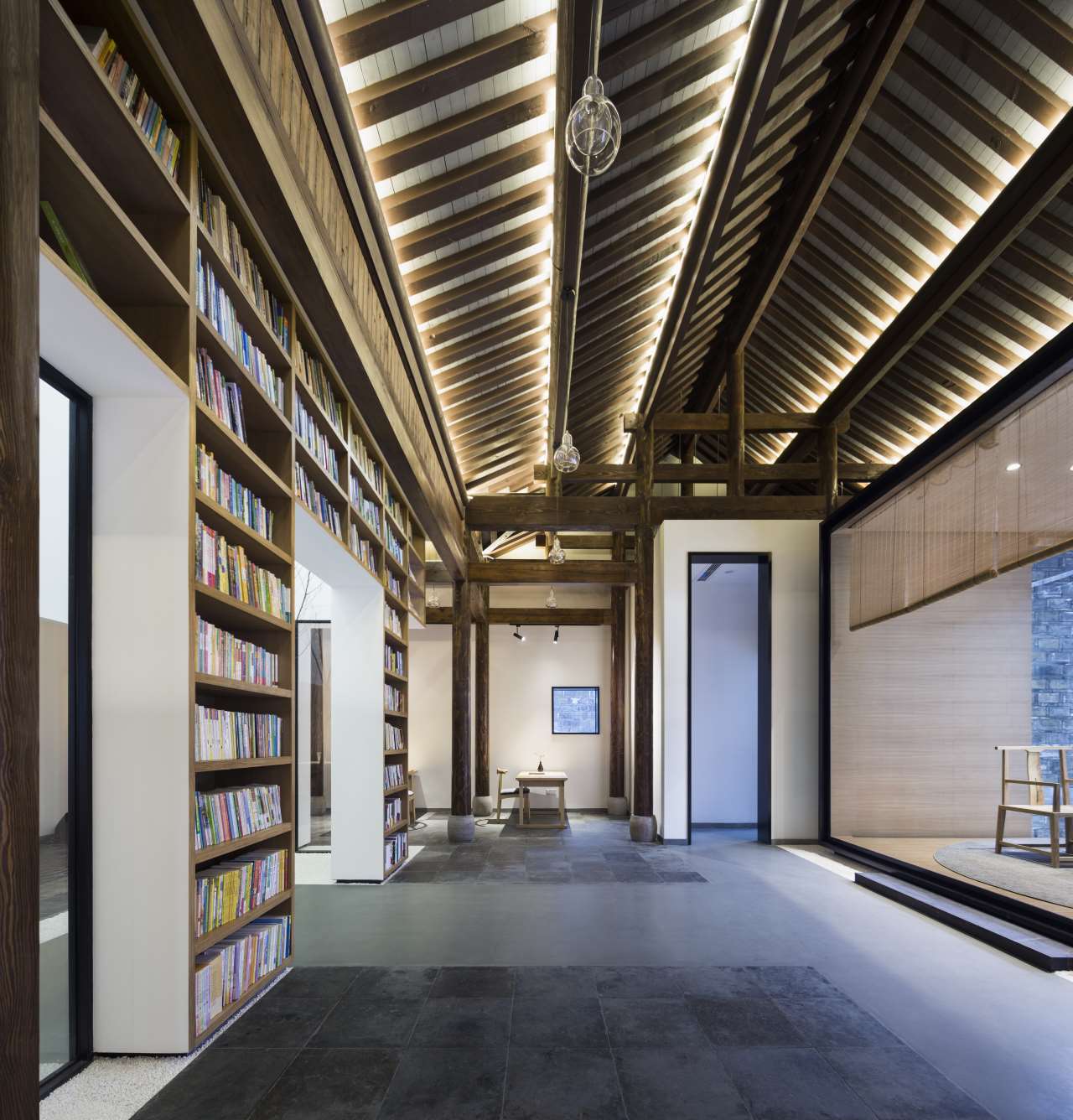
Photo by Hou Bowen.
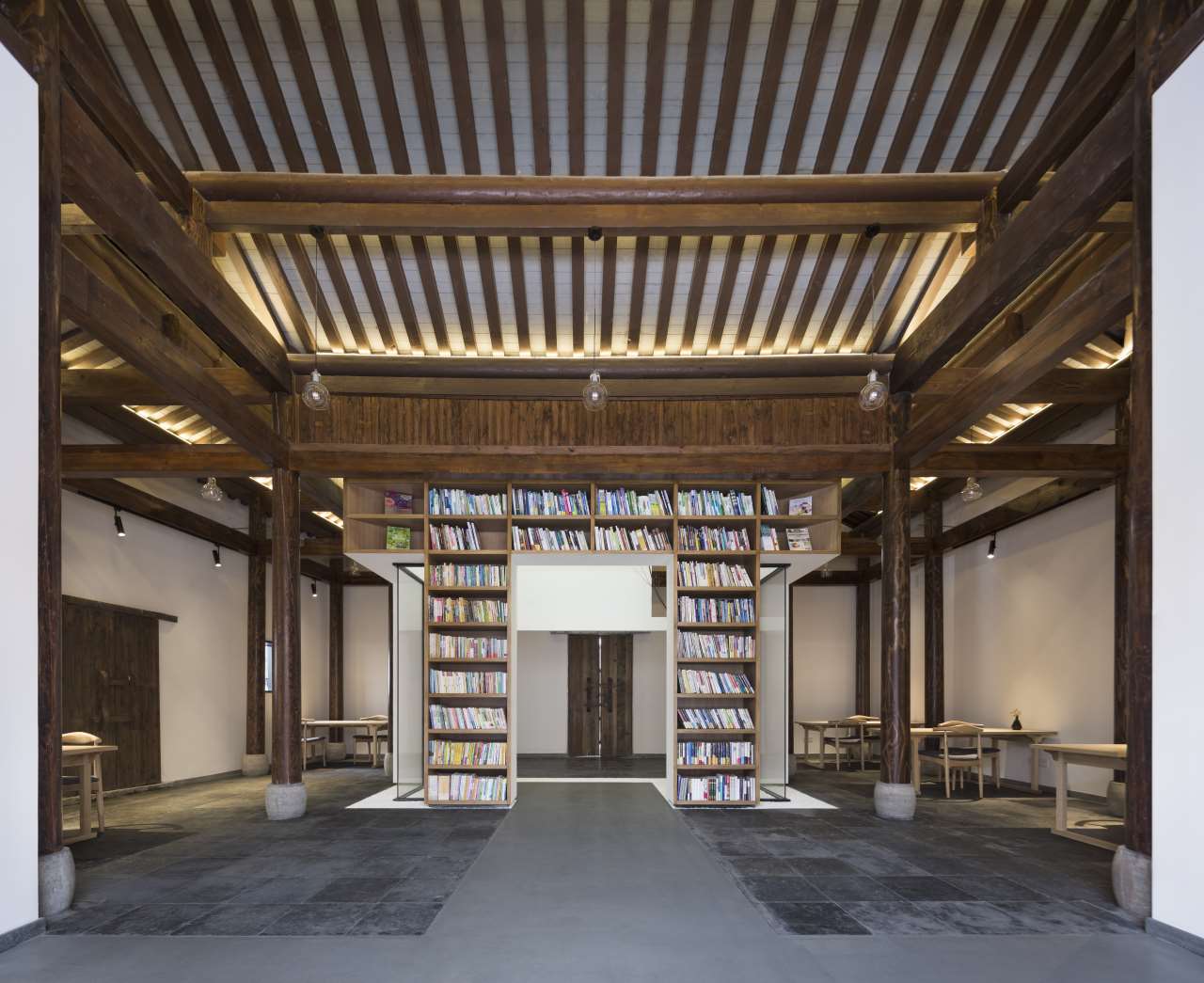
Photo by Hou Bowen.
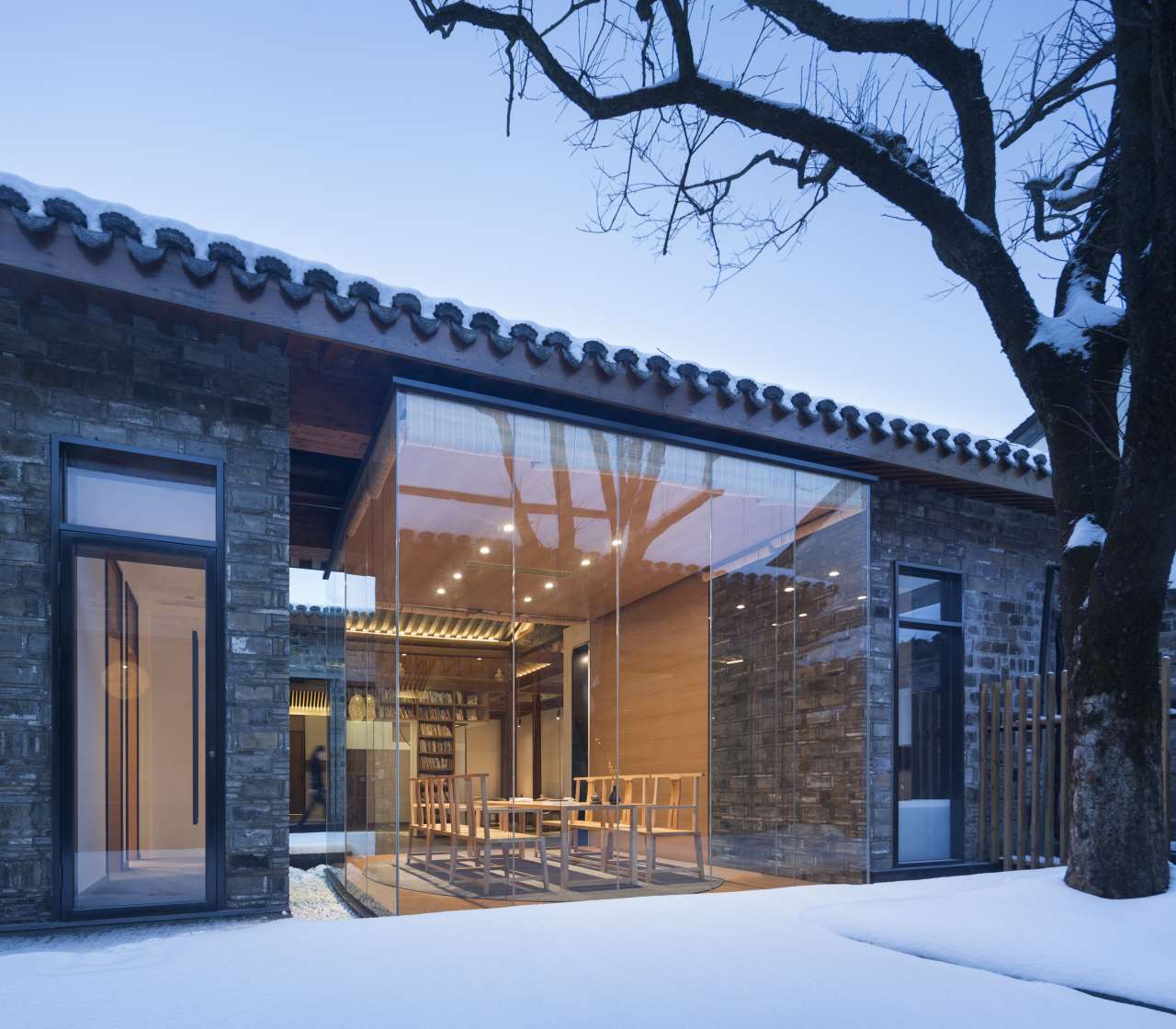
Photo by Hou Bowen.
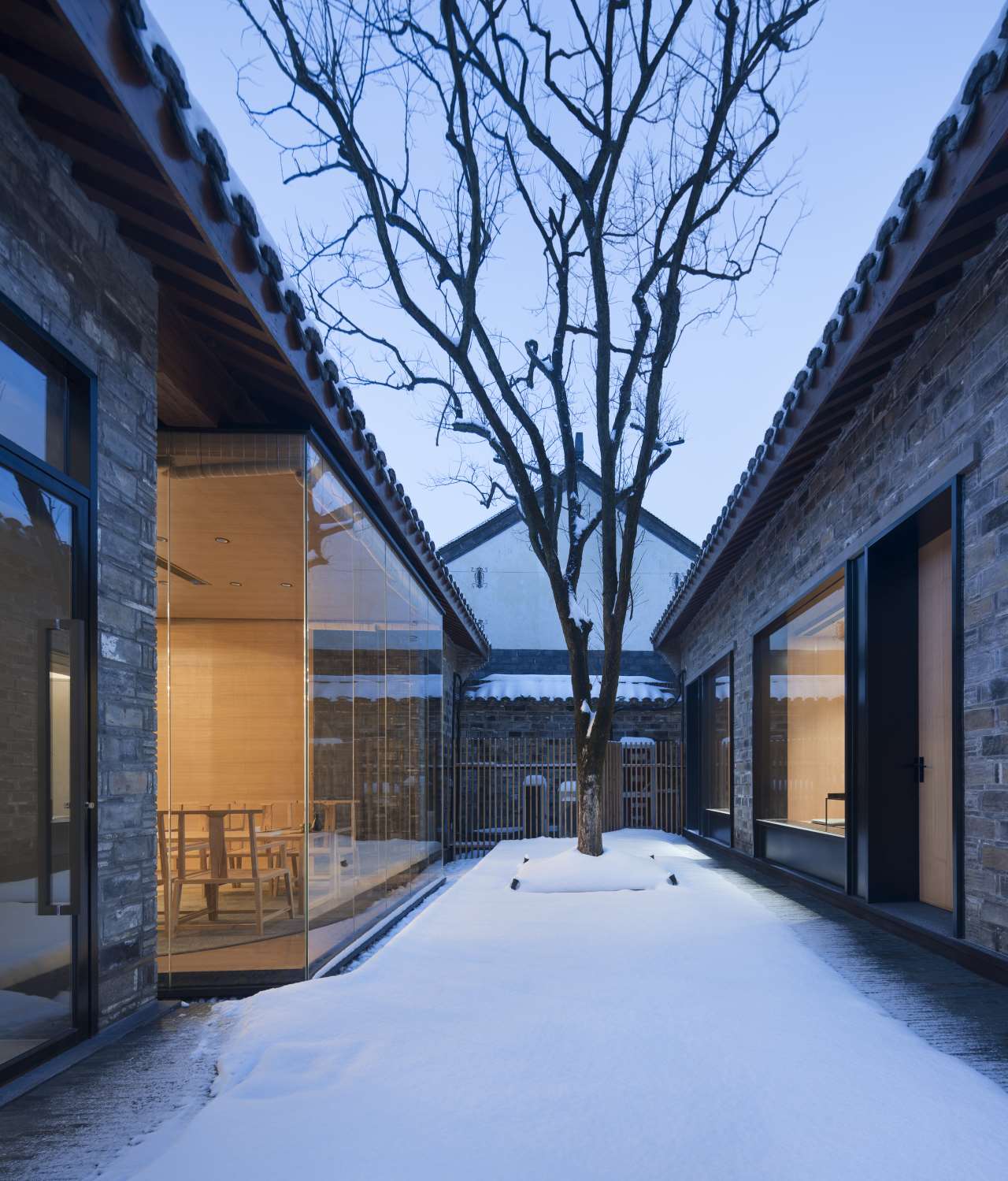
Photo by Hou Bowen.
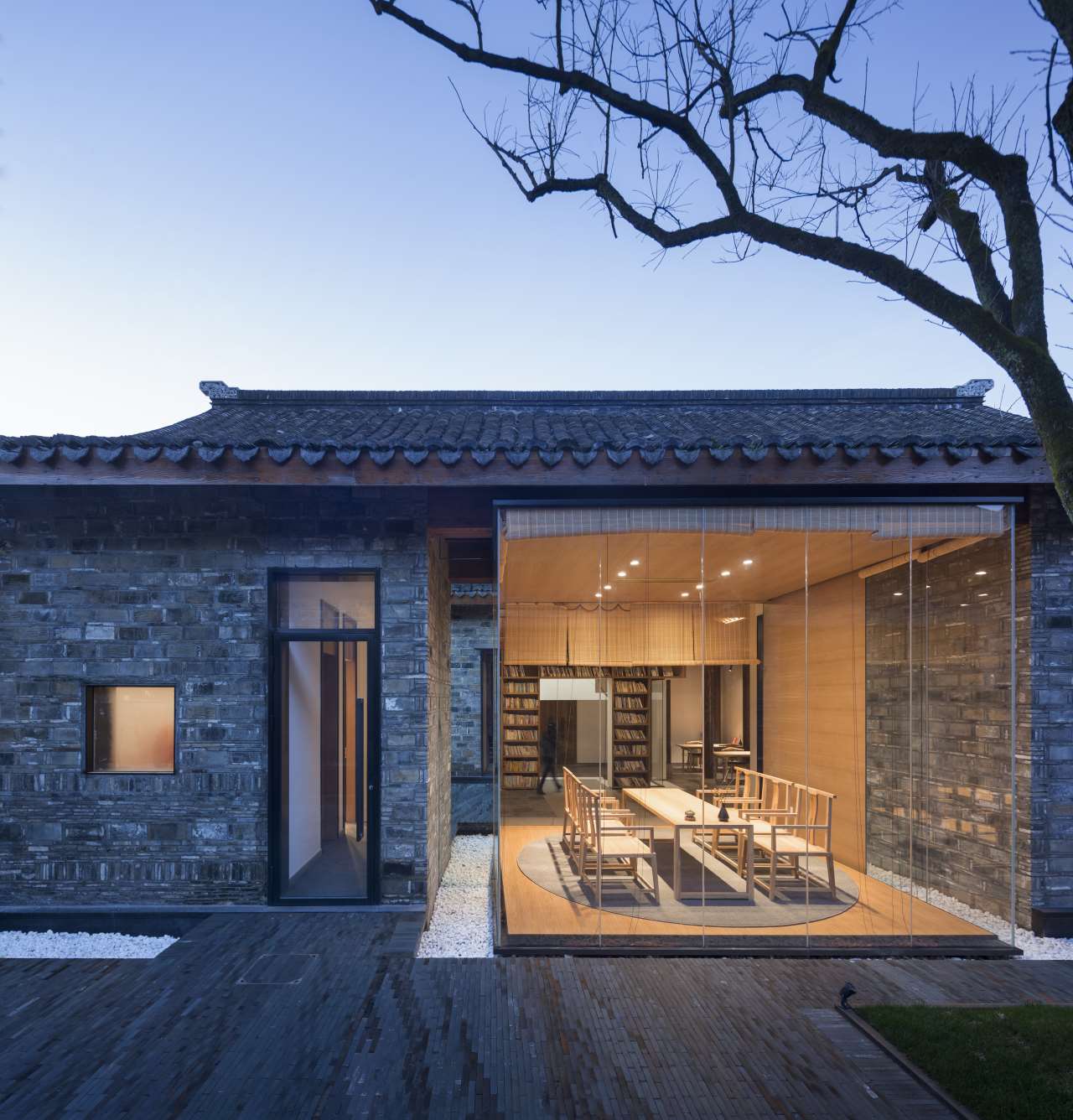
Photo by Hou Bowen.
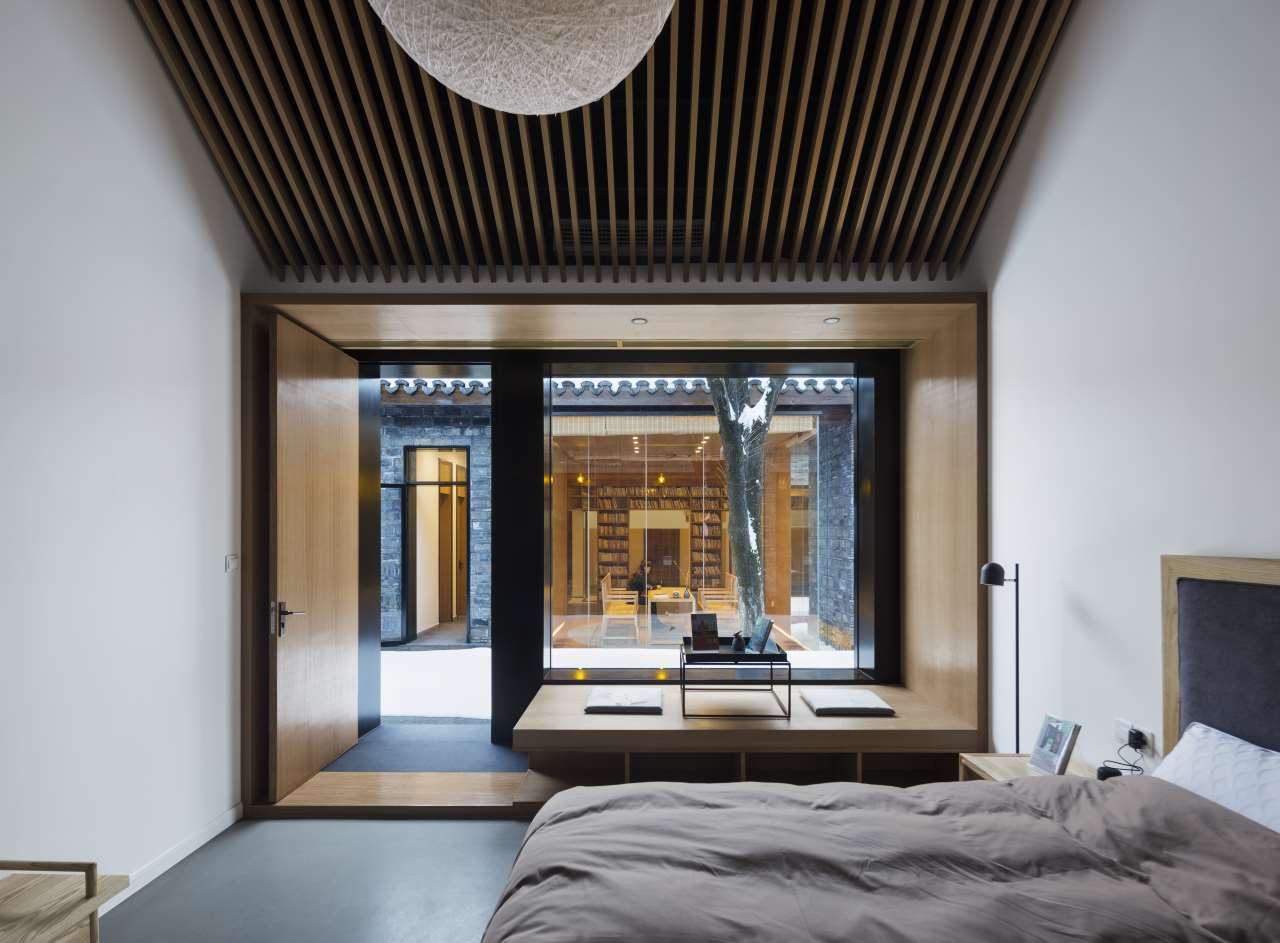
Photo by Hou Bowen.
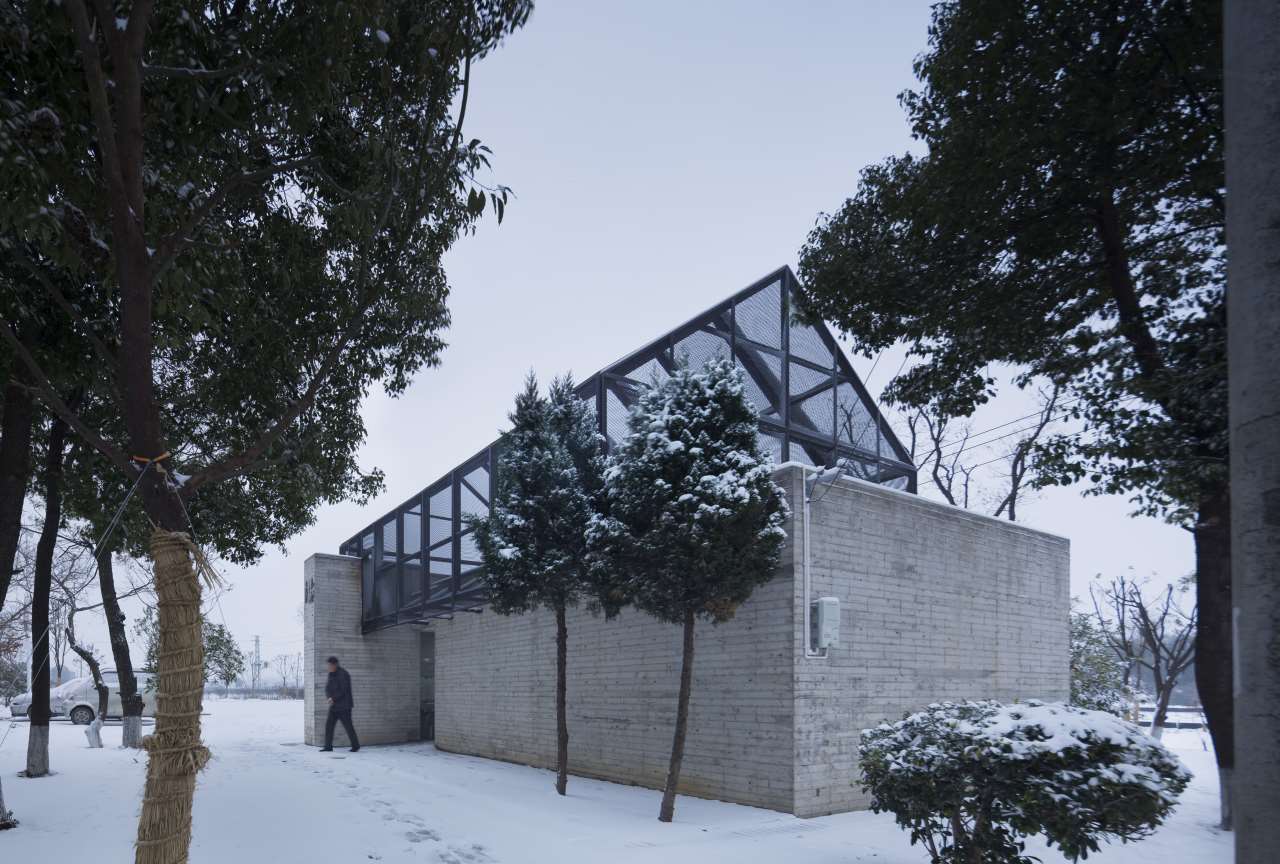
Photo by Hou Bowen.
Situated at the edge of the village, the two public toilet blocks have been inspired by the region’s traditional architecture albeit designed in a thoroughly modern fashion. One of them features a gabled roof created out of metal mesh sitting slightly disjointed on top of a concrete block, a reinterpretation of a typical village house, while the other has been designed as two interlocking volumes unified by a slender mono-pitch roof supported by slatted screens that bring to mind traditional lattice-work shutters.
Small-scale as they may be, it is projects like these that can have a lasting impact on the lives of locals and visitors alike. As the architects point out themselves, “rural revival begins in the practice of design”.
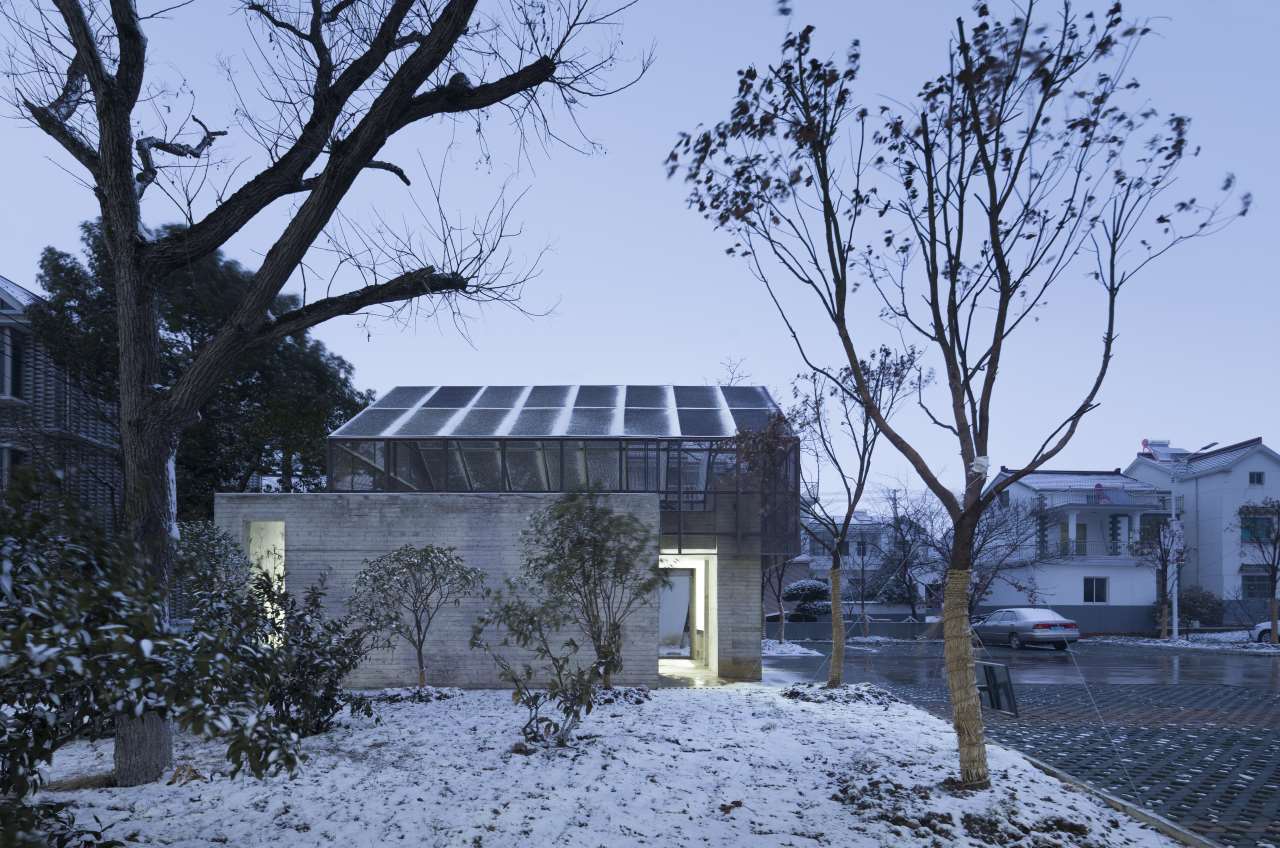
Photo by Hou Bowen.

Photo by Hou Bowen.
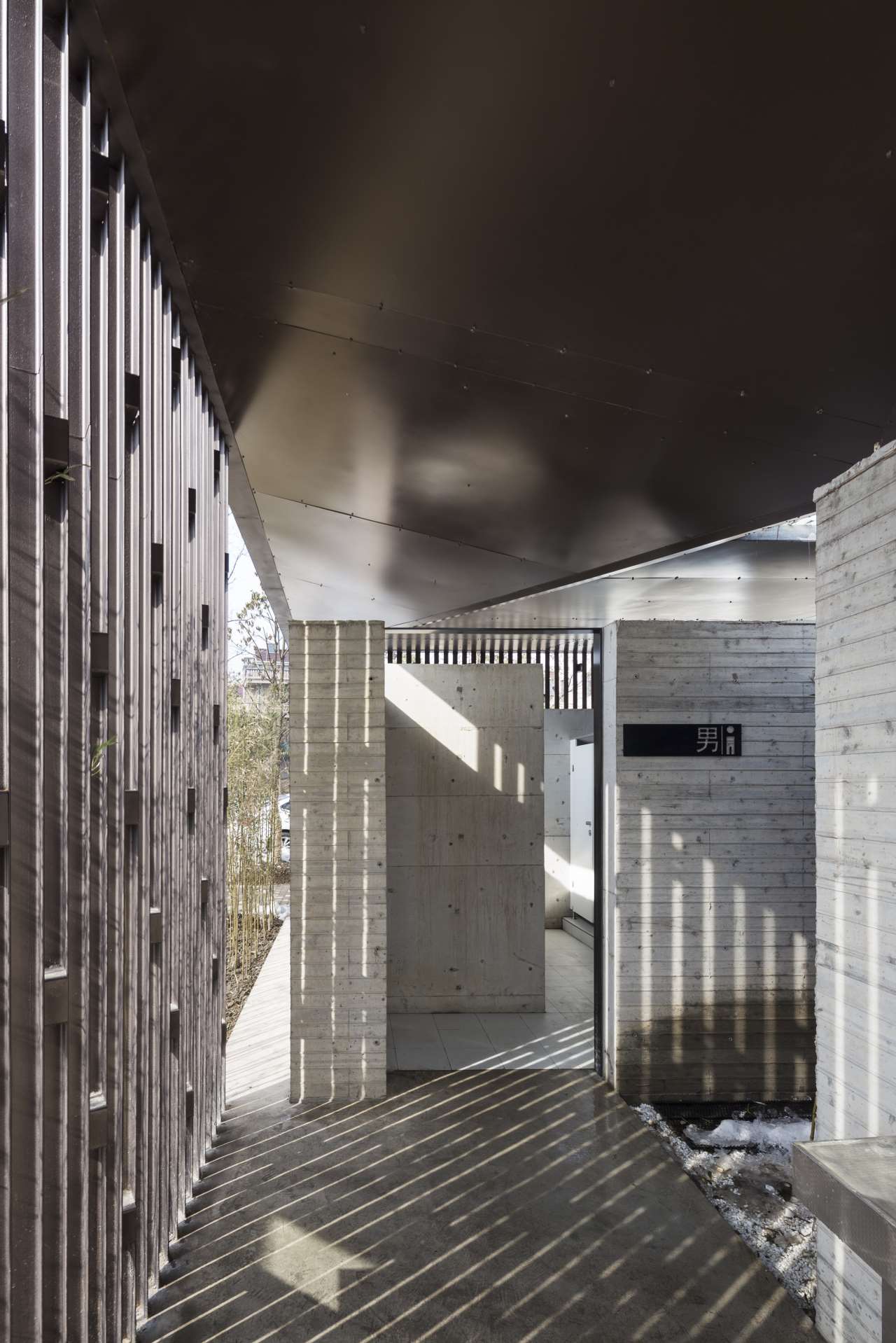
Photo by Hou Bowen.
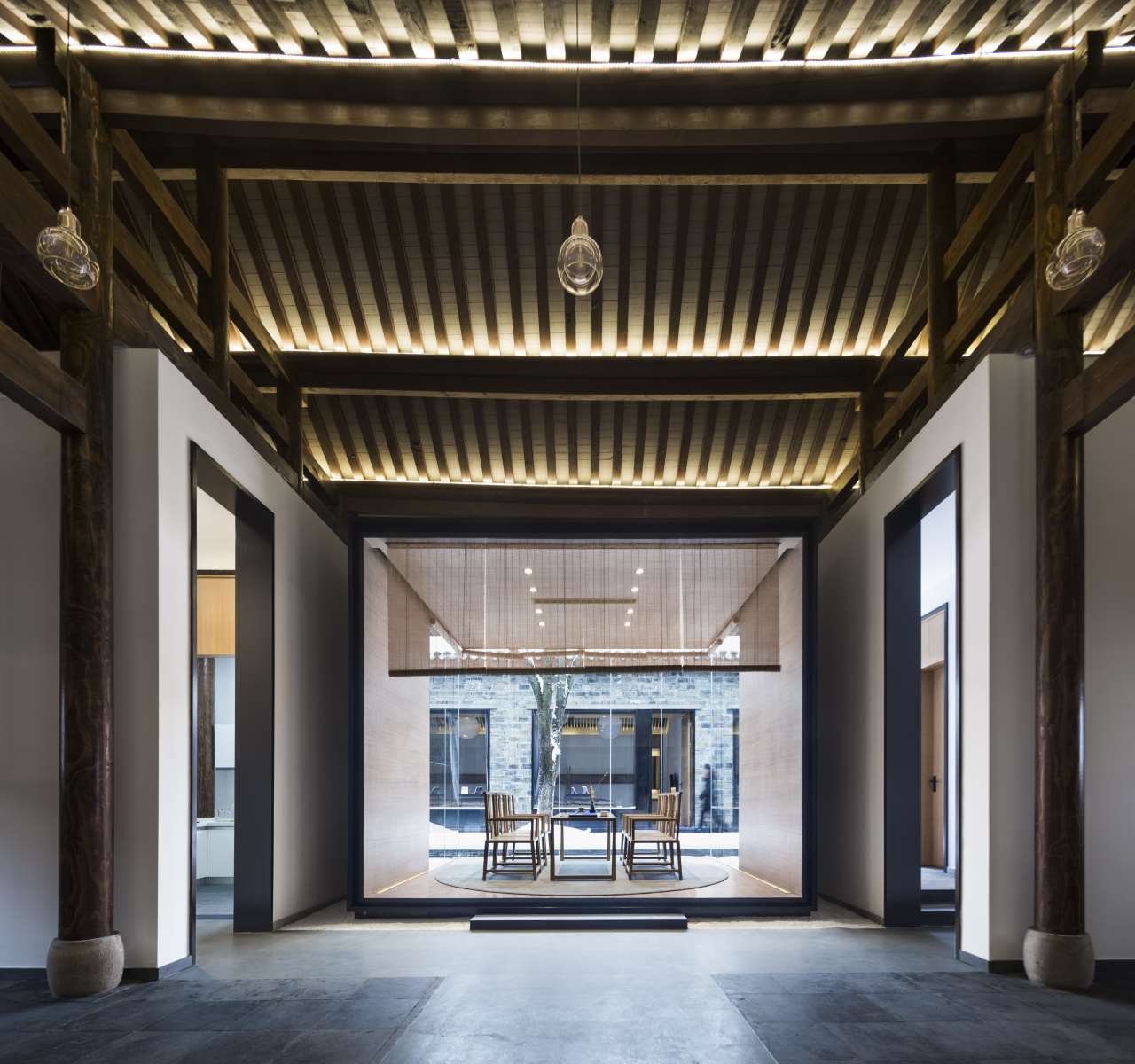
Photo by Hou Bowen.














